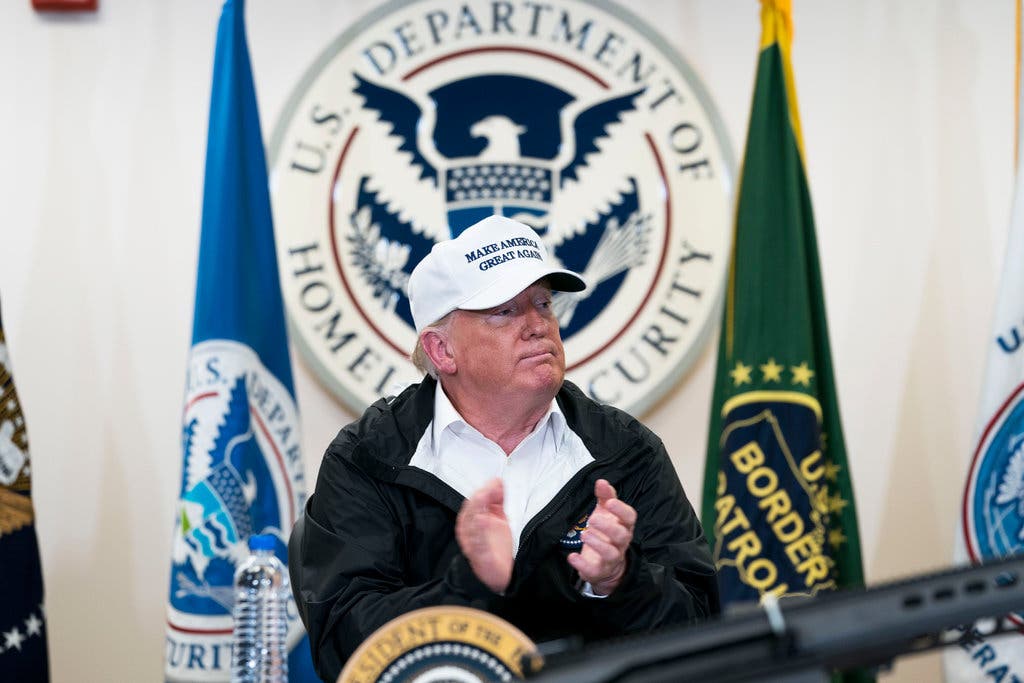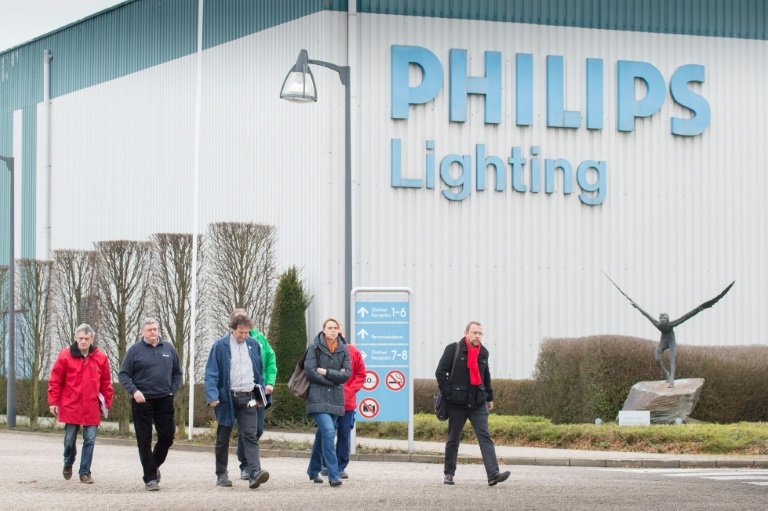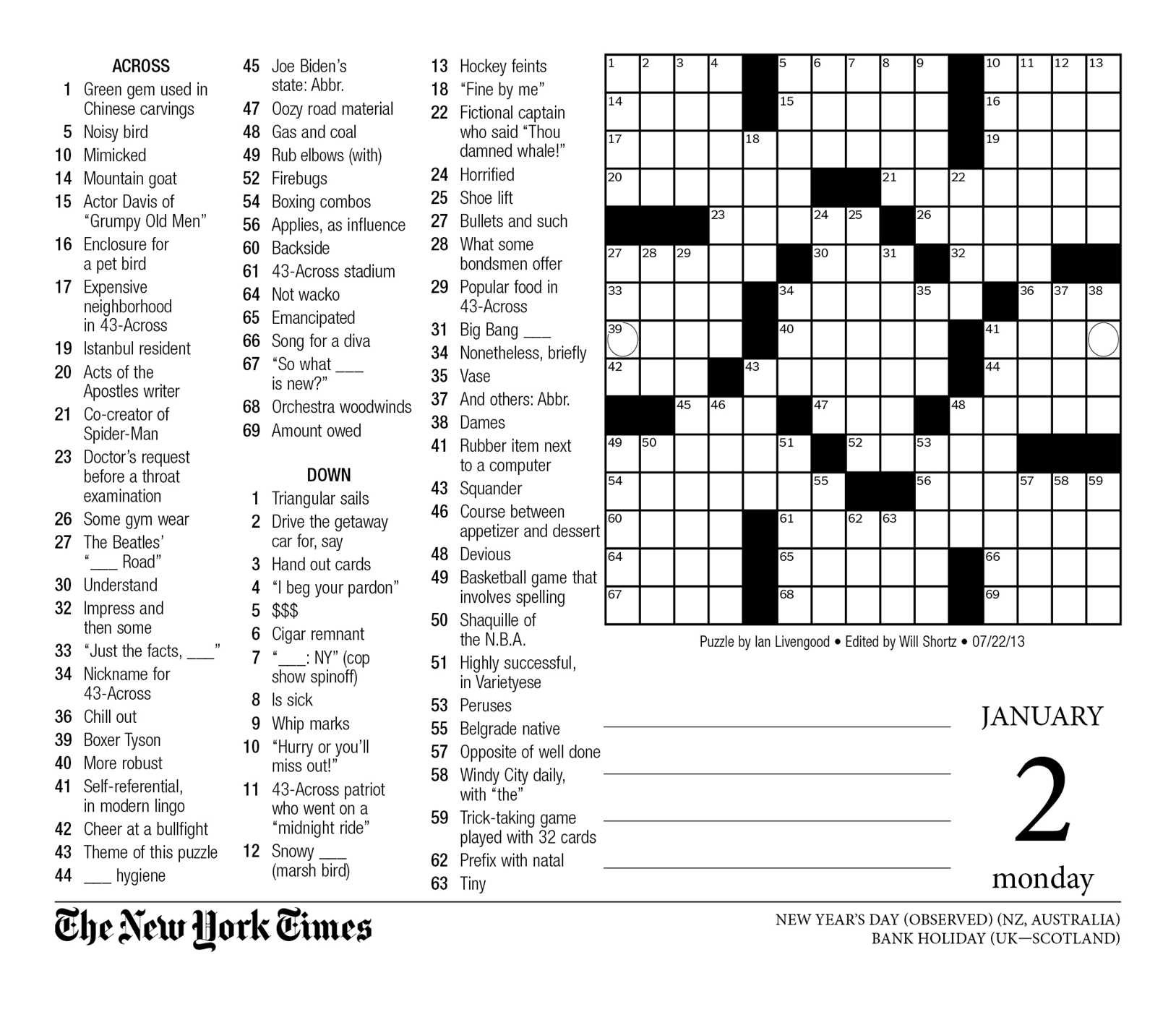The Future Of Museum Programs In The Wake Of Trump's Budget Decisions

Table of Contents
Reduced Funding and its Ripple Effect on Museum Programs
The cuts to arts and culture funding under the Trump administration had a profound and multifaceted impact on Museum Programs Funding. The ripple effect of reduced funding reverberated throughout various aspects of museum operations, severely impacting their ability to fulfill their educational, cultural, and community-based missions.
Impact on Exhibition Development
Budget cuts directly affect the ability of museums to acquire new artifacts, curate compelling exhibitions, and maintain existing collections. The consequences are far-reaching and affect the quality and scope of the visitor experience.
- Reduced acquisition budgets: Museums struggle to compete in the art market, limiting their ability to acquire significant pieces for exhibitions, impacting the overall quality and appeal of their displays. This directly impacts the ability to showcase important historical artifacts and contemporary art.
- Fewer traveling exhibitions: The costs associated with transporting and insuring valuable artifacts for traveling exhibitions are substantial. Decreased funding forces museums to cancel or limit participation in these crucial collaborations, reducing their reach and the diversity of experiences they offer visitors.
- Potential delays in exhibition development and implementation: Shorter timelines and reduced staffing due to budget cuts can lead to rushed exhibitions, impacting the quality of research, curation, and presentation. This compromises the visitor experience and the overall scholarly contribution of the exhibition.
Consequences for Educational and Outreach Programs
Museum education departments often bear the brunt of budget cuts, impacting vital programs for school children and community engagement. These programs are crucial for fostering a love of learning, history, and the arts, and their reduction has significant long-term consequences.
- Reduced staffing levels: Fewer educators mean fewer educational workshops, guided tours, and interactive programs for school groups and the public. This limits access to valuable learning experiences and reduces the impact museums can have on education.
- Cancellation or reduction of community outreach initiatives: Programs specifically designed to engage underserved populations, including those from low-income backgrounds or with limited access to cultural resources, are often the first to be cut. This exacerbates existing inequalities and limits the museum's ability to serve its community.
- Limitations in developing innovative digital educational resources: Developing engaging online educational materials requires investment in technology and skilled personnel. Budget cuts often stifle this crucial area, hindering the museum's ability to connect with broader audiences through digital platforms.
Adapting to the New Reality: Innovative Strategies for Museum Sustainability
While the challenges posed by reduced Museum Programs Funding are significant, museums are demonstrating remarkable resilience by adapting and innovating to ensure their long-term survival and relevance.
Diversification of Funding Sources
Museums are actively exploring alternative funding models to mitigate the impact of government funding reductions. This diversification is crucial to building a more resilient and sustainable financial future.
- Increased reliance on private donations and corporate sponsorships: Developing strong relationships with individual donors and securing corporate sponsorships are becoming increasingly critical for museums seeking to secure funding. This requires dedicated fundraising efforts and compelling proposals.
- Development of innovative fundraising campaigns targeting diverse demographics: Museums are employing more creative and targeted fundraising campaigns to appeal to younger donors and broader demographics through online platforms and events.
- Exploration of crowdfunding platforms and online donation systems: The internet provides new avenues for fundraising. Utilizing crowdfunding platforms and secure online donation systems can significantly broaden the reach of fundraising efforts and engage new donors.
Embracing Digital Technologies and Virtual Experiences
Museums are leveraging technology to enhance accessibility and reach wider audiences, overcoming geographical limitations and expanding their impact.
- Development of virtual tours and online exhibitions: Digital technologies allow museums to share their collections globally, making them accessible to audiences who may not be able to visit physically. This dramatically increases the reach and impact of their educational resources.
- Use of augmented reality (AR) and virtual reality (VR): Immersive technologies offer new and exciting ways to engage visitors, transforming the museum experience and providing opportunities for deeper learning and exploration.
- Creation of online educational resources and digital archives: Making collections digitally accessible through online databases and educational resources expands the museum's reach and allows for more in-depth research and learning opportunities.
The Long-Term Implications for Museum Access and Equity
The impact of reduced Museum Programs Funding extends beyond individual museums; it threatens the broader accessibility and equity of cultural resources, particularly for underserved communities.
Impact on Underserved Communities
Budget cuts disproportionately affect museums serving low-income communities and minority populations, limiting access to crucial cultural resources and perpetuating existing inequalities.
- Reduced availability of free or low-cost admission programs: Many museums offer subsidized or free admission for disadvantaged groups. Budget cuts threaten these essential programs, limiting access for those who need it most.
- Limited transportation options: For communities with limited transportation options, reaching museums can present a significant barrier. The reduction of funding for transportation assistance further limits accessibility.
- Fewer bilingual and culturally relevant programs: Cuts often impact programs specifically designed to engage diverse audiences through bilingual programming and culturally relevant exhibitions, limiting inclusivity.
The Role of Museums in Civic Engagement
The potential weakening of museum programs threatens their crucial role in civic engagement and community building. Museums are vital spaces for fostering dialogue, understanding, and community cohesion.
- Reduced opportunities for public dialogue and community engagement: Museums facilitate important conversations through exhibitions and events, fostering a sense of community and shared experience. Budget cuts hinder this crucial role.
- Diminished capacity for museums to serve as important community centers and gathering places: Many museums act as vital community hubs, offering space for meetings, events, and gatherings. Reduced funding limits their capacity to fulfill this role.
Conclusion
The future of museum programs hinges on the ability of institutions to adapt to the challenges posed by reduced funding. While Trump's budget decisions created significant obstacles for Museum Programs Funding, the exploration of diverse funding models, the embrace of digital technologies, and a renewed focus on community engagement are crucial for ensuring the long-term sustainability and accessibility of these vital cultural institutions. To ensure the continued success of museum programs and their vital role in society, it's essential to advocate for increased funding, support innovative initiatives, and promote their value in fostering education, community engagement, and cultural preservation. Let's work together to safeguard the future of Museum Programs Funding and ensure these institutions thrive for generations to come.

Featured Posts
-
 Escape To The Country Making The Move To Rural Life
May 24, 2025
Escape To The Country Making The Move To Rural Life
May 24, 2025 -
 Amsterdam Aex Index Sharpest Fall In Over A Year
May 24, 2025
Amsterdam Aex Index Sharpest Fall In Over A Year
May 24, 2025 -
 Nyt Mini Crossword April 18 2025 Clues And Solutions
May 24, 2025
Nyt Mini Crossword April 18 2025 Clues And Solutions
May 24, 2025 -
 Dazi Stati Uniti Prezzi Moda E Tendenze 2024
May 24, 2025
Dazi Stati Uniti Prezzi Moda E Tendenze 2024
May 24, 2025 -
 Dazi Ue Borse In Caduta Minacce Di Reazioni Senza Limiti
May 24, 2025
Dazi Ue Borse In Caduta Minacce Di Reazioni Senza Limiti
May 24, 2025
